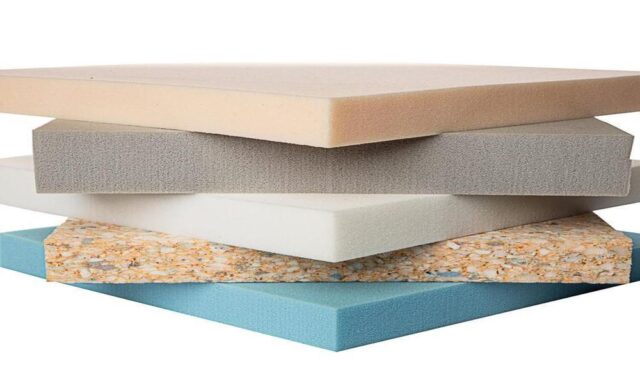Do you want to get comfort? Get it with foam filling because, Foam filling is a process used to fill hollow spaces in various materials such as furniture, car seats, and even walls. However, turning foam filling into success requires some key considerations. Firstly, it is important to invest in high-quality foam-filling materials. The foam should be durable and able to retain its shape over time. This will ensure that the finished product is comfortable and long-lasting. Additionally, choosing the right foam density for each specific application is crucial. A lower-density foam may be appropriate for a sofa cushion, while a higher-density foam may be better suited for a car seat.
Secondly, having skilled workers who are knowledgeable in foam-filling techniques is essential. Proper training and experience can make a significant difference in the quality of the finished product. Attention to detail is also important, as even small imperfections can affect the comfort and longevity of the foam filling.
Finally, it is important to stay up to date with the latest foam filling technology and techniques. Investing in new equipment and technology can improve efficiency and produce higher-quality products. Keeping up with industry trends and advancements can also help businesses stay competitive and meet the evolving needs of their customers.
Overall, turning foam filling into a successful venture requires a combination of high-quality materials, skilled workers, and staying current with industry advancements. With these considerations in mind, businesses can create comfortable and durable foam-filled products that customers will appreciate.
Do you know how Fascinating FOAM-FILLING Tactics That Can Help Your Business Grow?
Foam filling is a technique used in various industries to fill voids and gaps in materials or structures. This process involves injecting a liquid foam material into the gaps, which expands and hardens to form a solid, stable seal. Foam filling is commonly used in construction, automotive, and marine industries to strengthen and reinforce materials, reduce noise and vibration, and improve insulation.
One fascinating aspect of foam filling is its versatility. The foam material can be customized to meet specific needs, such as adjusting the density, flexibility, and hardness of the foam to suit different applications. This flexibility makes foam filling an ideal solution for a wide range of projects, including filling cavities in walls, reinforcing concrete structures, and soundproofing vehicles.
Another fascinating aspect of foam filling is its ability to enhance safety and reduce risk. For example, foam filling can be used to prevent fires from spreading by filling gaps and voids in walls and ceilings with fire-resistant foam. It can also reduce the risk of water damage by sealing gaps around windows and doors, preventing water from seeping in during heavy rain.
Foam filling is also a cost-effective solution that can help businesses save money in the long run. By using foam filling to improve insulation in buildings and vehicles, businesses can reduce energy costs and improve efficiency. Foam filling can also extend the lifespan of equipment and structures by providing additional support and reinforcement.








